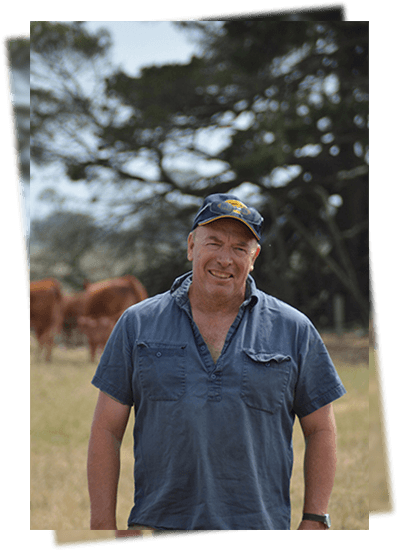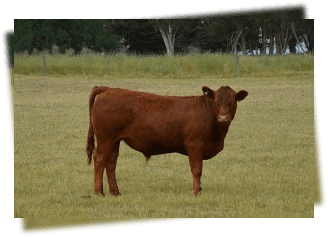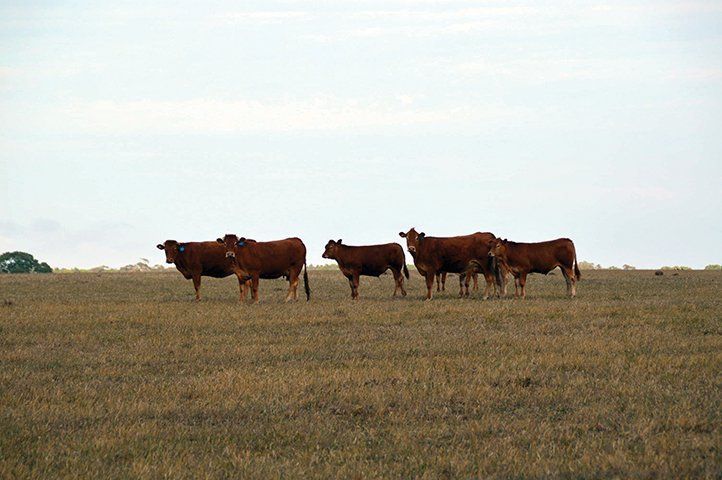Purebred commercial Limousins in significant numbers are a rare sight but that is exactly what you see driving along the Chetwynd-Nareen Road, 70km northwest of Hamilton in the Western Districts of Victoria.
In total, 360 Limousin cows call this place of rolling hills and fertile valleys home. Owners, Pat and Anne Neeson and Pat’s brother, Rod run “Innisfail” and Glanleam” respectively with each property running approximately 180 cows.
The properties total some 1,600 hectares (4,000 acres) and run 9,000 Merino sheep between them in conjunction with the Limousins.
“The cows are outnumbered by the sheep and rarely do they get to run in a paddock without them.” Pat said. “The Limousins seems to be able to handle the pressure well and always produce a good calf.”
Pat and Rod’s father Ewan started on the path to a pure commercial Limousin herd in 1973, when disillusioned with the discounts he was getting for the breed of cattle he was running decided to try something different.
“Dad went a bought a line of roan Shorthorn cows from a local stud dispersal and started to AI them to leading Limousin bulls.” Pat recalls. “Ever since then the cows have been joined exclusively to Limousin bulls, so the herd is now as pure as most.”
With calving between February and April, the Neeson’s sell their calves through local weaner sales and aim to average 300kg at 10 months. It’s not uncommon for the Neeson’s to offer 150 straight Limousin weaners between them at the combined European weaner sale in Hamilton each January.
“Last year our steer and heifer weaners made the same money and usually go to lotfeeders down in the Gippsland area.’ Pat said. “We do take some of the younger calves through to older weights and either sell them as stores or occasionally over the hook. Either way, they are always well sort after.”
When it comes to replacement females, the Neeson’s keep 50% of the heifers and generally join them to calve at two years of age. If the season has been a bit tough, this can sometimes be delayed to three. Either way, calving problems are a rarity in the Neeson’s herd. A factor Pat lists as one of the great attributes of the Limousin breed.
Pat says that like most heifers, Limousins do need to be pushed along to ensure they get back in calf at their second joining, particularly if they first calve at two years of age.




